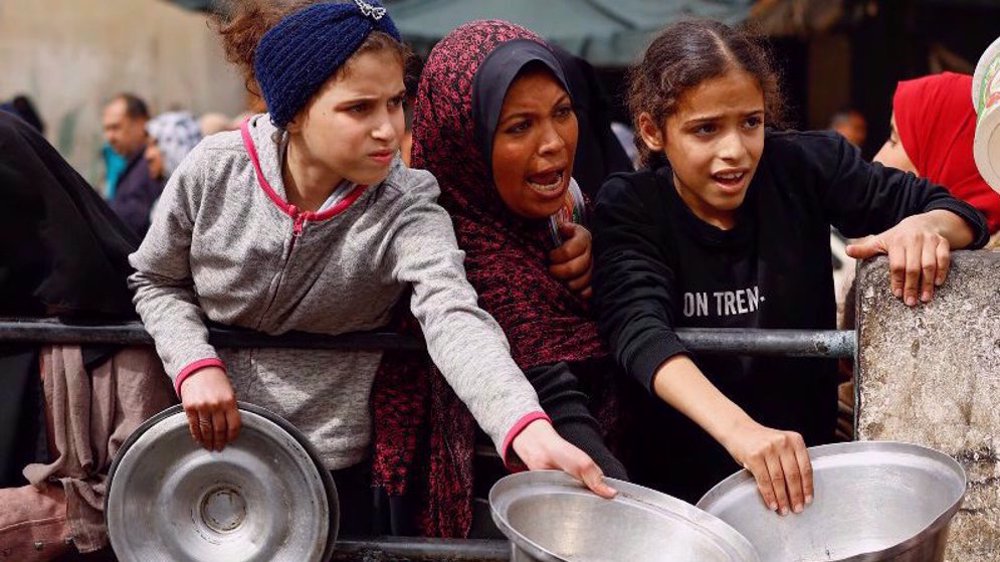Gaza still in crisis due to 2014 Israeli onslaught: UN
The besieged Palestinian territory of the Gaza Strip is still beset by “crisis” almost a year after the latest Israeli war on the enclave, the United Nations (UN) says.
“Gaza is still in crisis, with civilians, as always, paying the highest price,” the UN Humanitarian Coordinator for the occupied Palestinian territory, Robert Piper, said on Tuesday, voicing concern over the humanitarian situation and the slow pace of reconstruction in the blockaded territory.
According to the UN Office for the Coordination of Humanitarian Affairs (OCHA), the deadly 2014 Israeli onslaught caused close to USD 1.4 billion in direct and indirect damages and USD 1.7 billion in economic losses to the Palestinian territory.
Piper went on to say that humanitarian organizations have provided close to 90,000 families in the besieged territory with temporary shelter, over 1.4 million people have been given food assistance and some 85,000 children have received psycho-social support.
He said that despite the measures taken to assuage the pains of the Gazans, approximately 100,000 people remain internally displaced in the area, hosted in temporary accommodation or in make-shift shelters.
The UN official added that close to 120,000 people are still waiting to be reconnected to the sliver’s water supply, which was cut during the Israeli aggression.
“Our ability to move from short-term relief to longer-term reconstruction is constrained by a major shortfall in humanitarian funding,” he added.
During a conference in the Egyptian capital, Cairo, in October 2014, international donors pledged around $5.4 billion to the reconstruction of Gaza and improving the situation in the besieged enclave after Israel’s devastating assault last summer. UN agencies have said that little if any of the promised money has arrived in Gaza.
“Nine months after the Cairo Reconstruction Conference, Gaza’s recovery process needs to be accelerated,” Piper warned.
According to the World Bank, 43 percent of the population in the besieged area is unemployed, which is the highest unemployment rate in the world, and as much as 73 percent of the population there is suffering from food insecurity.
It is also said that an estimated 80 percent of the population relies on humanitarian aid, and electricity is available only eight to 12 hours a day.

“Palestinians in Gaza need to be lifted out of this self-perpetuating cycle of crisis,” Piper stressed.
Israel launched airstrikes on Gaza in early July 2014 and later expanded its military campaign with a ground invasion into the Palestinian territory. The war ended in late August that year.
Over 2,130 Palestinians lost their lives and some 11,000 were injured. Gaza Health officials say the victims included 578 children and nearly 260 women.
About 1,500 buildings and structures were also demolished during the Israeli offensive.
IA/HJL/HRB
Gaza faces imminent famine as people starving to death: UN warns
North Korea to stand up to sanctions, bolster military power: Official
Hezbollah says 2,000 Israeli forces killed, injured in operations since Gaza war began
War of wills: Iran army chief vows crushing response to any aggression
April 24: ‘Axis of Resistance’ operations against Israeli occupation
Tabas sand defeats US military
'US secretly sent long-range ATACMS missiles to Ukraine in recent weeks'
Iran: Awakened world public opinion determined to stop Israel war crimes










 This makes it easy to access the Press TV website
This makes it easy to access the Press TV website